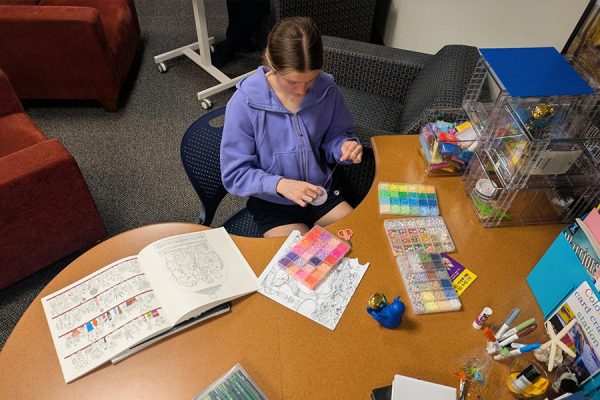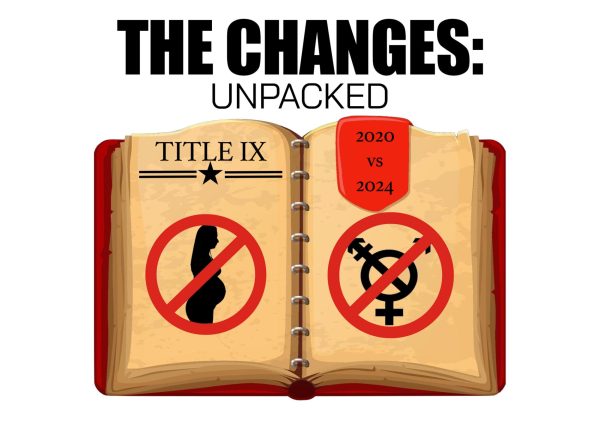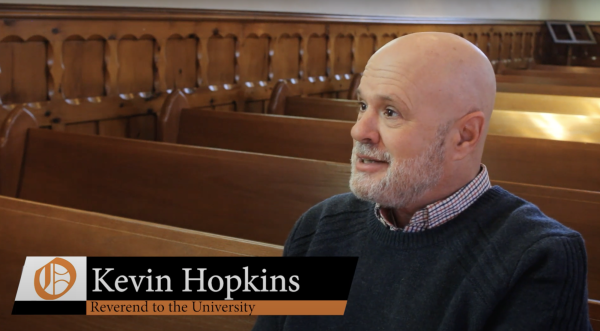Quest course influences student writing
Most college courses would not consider books written in the comic style to be literature. However, Associate Professor of English Joanne Janssen incorporates this into her Quest 212 course. She said she made this decision so that students would be more excited about the assigned reading throughout the course.
“The generation of students today is really attuned to the nuances of image,” Janssen said. “They spend their lives infused with imagery, so they’re really aware of its presence and how to read it analytically. Doing that with these graphic texts offers them that benefit in the rest of their lives with all the other images they are consuming.”
On Wednesday, students had the opportunity to hear from Ande Parks, author of “Capote in Kansas.” Students were able to ask questions and understand the style choices and the process of creating a graphic novel made by both Parks and the illustrator, Chris Samnee.
Parks attended the University of Kansas and did not know what he wanted to major in, so he quit school after a couple of years in pursuit of comics. Eventually, Parks ended up at DC Comics as an inker, a person who outlines the drawings.
“America is the only comic business in the world that has developed in a fictionalized monthly format,” Parks said. “Because of this, all aspects of comics are divided into specific jobs.”
After five years, Parks said he began to want to write. This decision to write in a historical fiction style was influenced by “From Hell,” a graphic novel Parks read.
“I always tell young creators of any kind [to consider] what their book is about,” Parks said.
Historical fiction is a genre that incorporates both facts and made-up stories. It most often portrays the time period in which it is set and is intended to be both entertaining and enlightening for the reader.
“I got really inspired by the idea of historical fiction,” Parks said. “[The book] would be interesting to read and allow people to learn a little bit.”
Parks chose to focus on the investigation completed by author Truman Capote for Capote’s book, “In Cold Blood,” regarding the Clutter family murders in Holcomb, Kansas during 1959. Parks decided to tell the story of how Capote went about interviewing the subjects to write “In Cold Blood,” as well as the information Capote uncovered.
“I was intrigued by Truman Capote and ‘In Cold Blood’ thinking about how a New York man went to [the] middle of nowhere Kansas and got these people to open up to him,” Parks said.
According to Parks, focusing on the theme while writing causes the story to take care of itself. He said he often writes in this manner.
“I always tell young creators of any kind [to consider] what their book is about,” Parks said. “If they can’t tell me what their book is about and its purpose, then I tell them ‘what’s the point [of writing]?’ It forces you to make a value judgment as a creator.”
Students were able to connect this sentiment to their own classwork, as the course-long assignment focuses on the production of one chapter of a graphic novel, as well as the necessary background information and the consideration of authorial choices. Sophomore Carly Hassenstab is a creative writing major who said Parks’ visit was beneficial.
“I really enjoyed Ande Park’s visit because it helped me understand the creating process from a different perspective,” Hassenstab said. “He shared his personal experiences and writing processes within his career path, which is similar to what I want to do in the future.”







